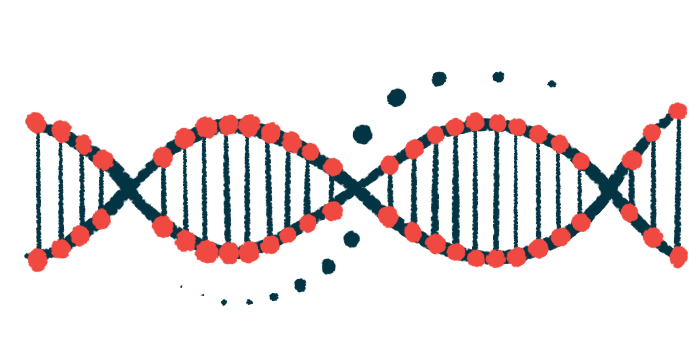HapSMA test can help ID genetic changes affecting SMA: Study
DNA testing results can indicate disease severity, may improve treatment
Written by |

Testing patient DNA with advanced methods like HapSMA — which can “[analyze] … SMN and its surrounding genes” — can reveal otherwise undetectable genetic changes, such as gene conversion, that affect how severe spinal muscular atrophy (SMA) is, according to a study by researchers in the Netherlands.
These novel methods may ultimately help in improving treatment for patients, the team noted.
“While our understanding of the complexity of the SMN locus has advanced considerably, it remains one of the most elusive regions in the human genome,” the researchers wrote, noting that “progress has thus far been limited by methodological constraints.”
The study, “Long-read sequencing identifies copy-specific markers of SMN gene conversion in spinal muscular atrophy,” was published in the journal Genome Medicine.
Genetic changes can affect severity of SMA
The SMN gene region on chromosome 5 is large and complex. It includes two important genes: SMN1, which causes SMA when it’s faulty, and SMN2, which produces only about 10% as much functional SMN protein as the SMN1 gene.
This region is difficult to fully understand, however, because it contains many repeated sequences.
The number of SMN2 copies varies and usually affects how severe SMA is — more copies often mean milder symptoms. However, this number alone doesn’t provide enough information to predict how the disease will develop, as some patients show symptoms that don’t match the number of SMN2 copies they have.
With advancements in newborn screening and SMN-targeted therapies, identifying genetic markers to predict disease progression and treatment response is crucial.
With new treatments becoming available and early diagnosis advancing through newborn screening, it is important to find better genetic markers that can help predict disease progression and enable more favorable treatment outcomes, the researchers noted.
“With advancements in newborn screening and SMN-targeted therapies, identifying genetic markers to predict disease progression and treatment response is crucial,” the team wrote.
To address this gap, the researchers developed a method called HapSMA to examine the SMN gene region in more detail by identifying the specific copies of SMN1 and SMN2 that a patient carries.
In this study, the team tested the method on existing genetic data from 29 healthy individuals and new data from 31 patients.
In healthy individuals, they found specific DNA changes, or variants, that were unique to SMN1 or SMN2. These variants can be used to track a process called gene conversion, where part of one gene is replaced by part of the other.
SMN2 varied the most in patients, with about 42% of copies showing signs of gene conversion, in which pieces of SMN1 were copied into SMN2. This suggests that gene conversion may occur often in SMA and highlights the importance of studying patient samples directly.
“Our findings illustrate that both methodological advances and the analysis of patient samples are required to advance our understanding of complex genetic [regions] and address critical clinical challenges,” the researchers wrote.







